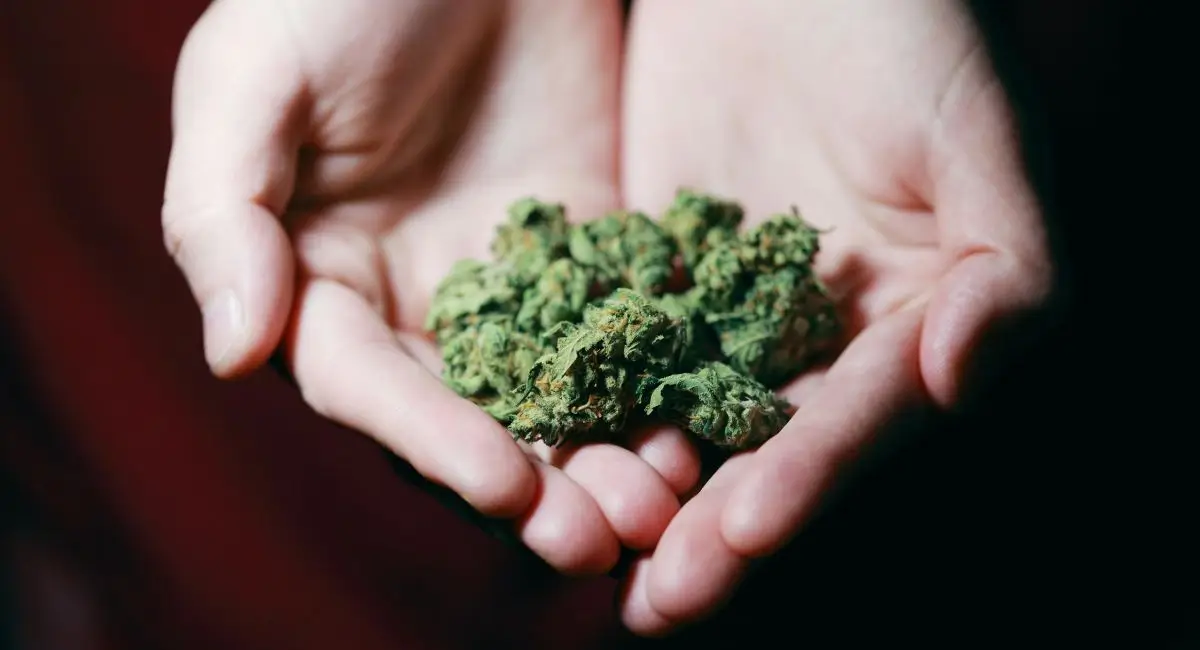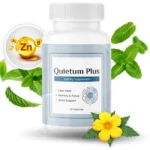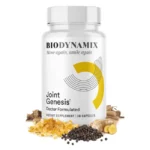Edibles have emerged as a rising megastar in the cannabis industry, as they provide a discreet, smoke-free intake alternative. Loved by both recreational customers and medical sufferers, edibles provide a myriad of consumption options from gummy bears and infused goodies to expertly crafted baked items. However, the allure of a tasty treat with euphoria comes with a question that has been lingering in many minds since they took their first bite of a hashish infused brownie — How Long Edibles Stay In Your System?
For those who work in the fitness and wellness communities, understanding edible durability within the frame is of unique importance. This is especially given the risks related to erroneous information. Join us as we explore the technology behind edibles and offer guidance regarding responsible consumption and detoxification.
Contents
- 1 Understanding Edibles
- 2 Factors Affecting Duration Inside The System
- 3 The Science Behind Detection Times
- 4 Testing Methods and Their Accuracy
- 5 Tips for Faster Elimination
- 6 Final Words – How Long Edibles Stay In Your System
- 7 Frequently Asked Questions (FAQs).
- 7.1 How can I determine the correct dosage of THC in home made edibles?
- 7.2 Is there a way to counteract edible effects if I’ve consumed too much of them?
- 7.3 Can edible effects vary even though the dosage is identical?
- 7.4 Are there specific foods or liquids that strengthen edibles?
- 7.5 How can I ensure I’m eating edibles safely?
Understanding Edibles
The Metabolic Process
When we eat cannabis via edibles, the THC (the psychoactive compound in cannabis) is absorbed through the digestive tract and then transferred to the liver, in which it undergoes the process known as ‘first skip metabolism.’ This converts THC into 11-hydroxy-THC, a more potent chemical, explaining why edibles can sometimes yield a more potent effect than smoking or vaping. From there, THC and its metabolites pass through the bloodstream and are carried throughout the body, including to the brain, where they elicit their effects.
Edibles vs. Other Consumption Methods
The variations in results onset among edibles and other methods, such as smoking or vaping, are giant. Smoking or vaping cannabis results in an overdose that is generally experienced within minutes and peaks around 30 minutes to an hour after intake, while edibles can take anywhere from a half-hour to two hours to kick in, with results lasting up to 12 hours. This late onset can make it difficult for users to gauge their limits, which leads to overconsumption.
Factors Affecting Duration Inside The System
Personal Metabolism and Body Composition
Just as with any substance, individual metabolic rates and body composition play key roles in how long edibles will stay in your system. Those with higher metabolic charges and lower body fat tend to metabolize THC more unexpectedly.
Dosage and Frequency of Consumption
Sensible dosing is essential with edibles, as THC per serving can vary substantially. Excessive doses can prolong the effects and detection window. Frequent consumption can also result in THC building up on the system over the years.
Type of edible and THC concentration.
The type of food consumed-whether it’s a baked item, a beverage, or a savory dish—can affect how quick THC metabolizes within the body. The higher the THC concentration, the longer it’ll persist inside the device.
The Science Behind Detection Times
THC Breakdown and Variations Among Individuals
The body breaks down THC into inactive metabolites, in a manner that has a great deal of variability from person to person. Factors such as age, genetics, and liver function can impact this breakdown system.
Fat Cells’ Role
THC and its metabolites tend to remain in fat cells. As these cells are burned for power, they can re-launch THC lower back into the bloodstream, causing intermittent ‘spikes’ of the high and extending detection times.
Testing Methods and Their Accuracy
Common Drug Tests and Detection Windows
Urine tests are the most commonly used approach for detecting THC. They have a detection window that may extend from some days to several weeks, depending on various circumstances surrounding intake.
Influencing Factors and Test Accuracy
While drug checks are typically reliable, there are nuances that could affect their accuracy. Hydration stages, the particular gravity of the urine, or even the test package can have an impact on the results.
Tips for Faster Elimination
Methods to Accelerate the Process
No magical remedies exist for “flushing” THC out of one’s system, but certain strategies may lead to a faster process of elimination. Hydration, exercise, and ingredients high in antioxidants will certainly help you lose THC faster.
Lifestyle Changes for Support
Adopting a life-style that prioritizes health and wellness, along with regular exercise, a balanced weight-reduction plan, and adequate sleep, can play a significant role in a body’s detoxification processes.
Final Words – How Long Edibles Stay In Your System
Edibles are appealing because they provide hashish benefits in a palatable, convenient form. However, the effects on the body and mind can be longer-lasting than one expects. It is vital for purchasers to be properly-knowledgeable of the possible duration of these effects and the factors that may impact this timeline, in particular if they’re subjected to drugs, testing or engage in activities where cognitive function is critical.
Responsible intake is key. Understanding one’s tolerance, selecting edibles with appropriate THC levels, and exercising caution and reticence can ensure a successful and safe experience. It’s no longer just about what you eat, it’s also about understanding how it’s liable to affect you. Remember, knowledge is electricity, and edibles are power to experience responsibly.
Frequently Asked Questions (FAQs).
How can I determine the correct dosage of THC in home made edibles?
To determine THC dosage in home made edibles, it’s crucial to know the proportion of THC inside the hashish used for cooking. Once you have this information, you can calculate the full milligrams of THC in the batch and divide by the quantity of servings. This will enable you to get an accurate estimate of dosage according to serving.
Is there a way to counteract edible effects if I’ve consumed too much of them?
While there is no immediate “treatment” for overdose, eating CBD, staying hydrated, and resting in a peaceful environment can mitigate uncomfortable outcomes. Time is the best answer.
Can edible effects vary even though the dosage is identical?
Yes, edible outcomes can vary widely despite the same dosage because of elements like character metabolism, late food, tolerance stages, and the unique form of the edible.
Are there specific foods or liquids that strengthen edibles?
Consuming fatty foods may increase the potency of edibles due to THC’s fat-soluble nature, and eating it with fat can enhance its absorption within the digestive system.
How can I ensure I’m eating edibles safely?
To eat edibles safely, begin with a low dose (especially if you are a first-time user), wait at least a couple of hours before consuming more, choose products from reputable companies, and avoid blending edibles with alcohol or other substances. Always eat in secure, comfortable setting.
References
To support and provide further reading on the topics discussed in this article, here are several key references and resources:
- National Institute on Drug Abuse (2021). “Marijuana Research Report.” [https://www.drugabuse.gov/publications/research-reports/marijuana](https://www.drugabuse.gov/publications/research-reports/marijuana)
- Schauer, G.L., King, B.A., Bunnell, R.E., Promoff, G., & McAfee, T.A. (2016). “Toking, Vaping, and Eating for Health or Fun: Marijuana Use Patterns in Adults, U.S., 2014.” American Journal of Preventive Medicine, 50(1), 1-8. DOI: [https://doi.org/10.1016/j.amepre.2015.05.027](https://doi.org/10.1016/j.amepre.2015.05.027)
- Huestis, M.A. (2007). “Human Cannabinoid Pharmacokinetics.” Chemistry & Biodiversity, 4(8), 1770-1804. DOI: [https://doi.org/10.1002/cbdv.200790152](https://doi.org/10.1002/cbdv.200790152)
- Pertwee, R.G. (Ed.). (2014). “Handbook of Cannabis.” Oxford University Press.
Recent Posts
- What Is The Ice Hack For Weight Loss And Its Effectiveness?
- Shocking Revelations: Portobello Mushrooms Negative Effects
- Quietum Plus Reviews: Scam or Real Hearing Aid Breakthrough?
- Nonobstructive Bowel Gas Pattern – Effective Solutions for Bowel Discomfort
- How Are Viruses Different From Bacteria Apex?
- BioDynamix Joint Genesis Reviews : Does It Really Work?






